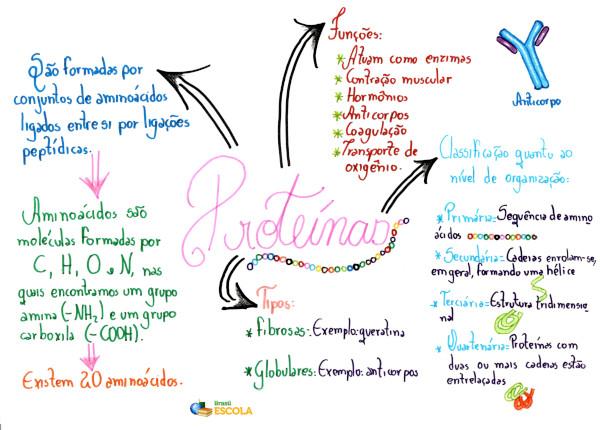The Montreal Protocol on Substances that Deplete the Ozone Layer is an international agreement that aims to reduce the emission of products that damage the ozone layer.
It is considered one of the most successful environmental agreements, having been adopted by 197 countries.
Summary
In 1987, the Montreal Protocol was opened for accession by interested countries. It was ratified on March 19, 1990 and over the years has undergone revisions: London (1990), Copenhagen (1992), Vienna (1995), Montreal (1997), Beijing (1999) and Kigali (2016).

Goals
The main goal of the Montreal Protocol was the elimination of substances that deplete the ozone layer.
For this, among its objectives were:
- Reduce the emission of CFCs by 80% between 1996 and 1994;
- Developed countries must reduce the use of CFCs by 75% by 2010 and by 99.5% by 2020;
- Reduce levels by 50% between 1986 and 1999;
- Eliminate the manufacture and use of CFCs;
- Full recovery of the ozone layer by 2065;
- Eliminate the manufacture and use of carbon tetrachloride, trichloroethane, hydrofluorocarbons, hydrochlorofluorocarbons, hydrobromofluorocarbons and methyl bromide.
Participating countries
The first discussion about the need to protect the ozone layer took place during the Vienna Convention in 1985.
The meeting served as a basis for establishing international understanding, being the basis for the Montreal Protocol.
In total, 197 countries have ratified the Montreal Protocol.
Situation of Brazil
Brazil ratified the Montreal Protocol through Decree 99,280 of June 6, 1990.
The country executed technological projects for industries, refrigeration, solvents, agriculture and the pharmaceutical industry.
Discover other environmental agreements:
- Eco-92
- Rio +10
- Rio +20
- Paris Agreement
- Kyoto Protocol
- Agenda 21
Results
In 1990, the Multilateral Fund for the Implementation of the Montreal Protocol – FML was created.
The fund's objective was for developed countries to be able to financially support measures to reduce gases in developing countries.
In commemoration of the results of the Montreal Protocol, the UN made the International Day for the Preservation of the Ozone Layer official, on September 16th.
In Brazil, the National Plan for the Elimination of CFCs was created in 2002. The country is considered one of those that are fulfilling the protocol's objectives with excellence.
Through the Montreal Protocol, it is estimated that, between 2050 and 2075, the ozone layer over Antarctica will return to the levels of the 1980s.
In addition, the consumption of CFCs worldwide was reduced from 1.1 million tons to 70 thousand tons.
Reducing CFC gas emissions also means reducing more than 2 million cases of skin cancer in people around the world.
Hole in the ozone layer
THE ozone layer corresponds to a gaseous covering that surrounds and protects the Earth from the ultraviolet radiation emitted by the sun's rays.
You holes in the ozone layer they form when the concentration of ozone gas drops below 50%. These regions are especially concentrated in Antarctica.
They are formed by releasing CFC gases into the atmosphere.
Learn more, read also:
- Sustainable development
- UN
- Environment
- Greenhouse Effect and Global Warming

